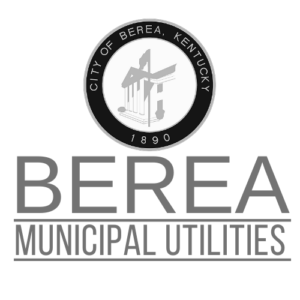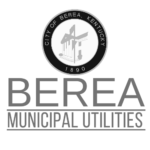Wipes & Personal Hygiene Products Clog Sewer Lines and Pumps
A sewage backup occurs when an obstruction or damage prevents wastewater from draining away from your house. Common causes of sewer backups include aging sewer lines, blockages and flooding. The majority of sewer backups into homes or buildings are not caused by a failure of the public sewer system, but rather an issue with the private plumbing system or lateral line that connects all the sinks, drains and toilets in a home or building to the sewer main line.
Since sewer backup is often not covered in with insurance, it is important for a homeowner to prevent backups when possible. Here are a few preventative measure homeowners can take:
- Maintain your sewer lateral. Most homeowners don’t realize it’s your responsibility to maintain the pipeline between your house and the city’s sewer main. A lateral that’s cracked, deteriorated or filled with tree roots will allow groundwater to seep in. Have the sewer line that connects your home or building to the sewer main inspected and cleaned regularly by a licensed plumbing contractor.
- Dispose of grease properly. Don’t pour cooking oil or grease into the drain. When it cools off, it will solidify either in the drain or in the main sewer causing a clog.
- Dispose of paper products properly. Paper towels, disposable and cloth diapers and feminine products take a long time to deteriorate and can clog the line.
- Periodically cut tree roots. If you have continuing problems with tree roots in your lateral, you may have to regularly have the roots cut by a professional.
- Consider plastic piping. Tree roots can’t break through plastic piping, and therefore create a more secure line.
- Correct illegal plumbing connections. In Berea it is not illegal to connect French drains, sump pumps and other flood control systems to your sewer. These illegal connections can cause debris and silt to clog your line.
- Consider a backwater prevention valve. Installed onto the sewer line in your basement, a backwater valve allows sewage to go out but not back in. When installed and maintained correctly, it can serve as a final line of defense in sewer backup prevention.
- Avoid constructing buildings, decks, and swimming pools over sewer easements. If unavoidable, contact BMU and request an encroachment (giving us permission to enter your property), which is required before such a structure can be built.
Signs of a Sewer Backup
Sewer backups and be costly and messy, so paying attention to signs that you are at risk for a backup is a good idea. There are several indicators that your sewer system may be backed up or at risk.
- Clogged drains tend to be the result of grease, hair, or other large debris getting caught in the pipeline. A single clog is not unusual and often easily remedied. However, if you are seeing multiple clogs simultaneously, it’s a good indicator that the sewer itself is clogged. This indicator is especially important if the clogs are occurring in drains you rarely use, such as a guest bathroom.
- Drain systems are designed to prevent backup. As a result, it is often easy to spot a pending or existing block by gurgling or bubbling in other drains. For example, flushing your toilet should not produce a gurgling sound in your shower. Likewise, your toilet should not bubble when you are using the washing machine.
- Another easily noticeable sign is a foul smell coming from your drains. A properly functioning drainage system will block gasses at the P-trap, helping to guide them into the vent pipe. Escaping gas suggests a major clog creating enough pressure to force the gas past the water in the P-trap.
- If your basement drains are overflowing, this is sometimes one of the first indicators of a clog in the sewer lateral or sanitary main.
Cleaning Up a Back up
If a backup has occurred, use caution during the clean up. You will be dealing with sewage and there are health considerations to consider. Here are some clean up tips:
- Use rubber gloves and rubber boots that can be cleaned or discarded after use.
- Use caution when using any electrical appliance in a wet environment. DO NOT attempt to shut off electricity if the breaker box is wet or near any water. DO NOT use outlets that may have become wet or are near any water.
- Close off doors between contaminated areas and rooms that aren’t affected. This reduces the chance of tracking sewage debris and water through the house. It also minimizes the spread of airborne contaminants.
- Remove standing water. Heavy duty wet vacuums work well for this and may be obtained from local rental stores to assist in clean-up.
- Air out the room. Drying wet areas is helped by encouraging air circulation by opening windows and using fans.
- Clean carpets. Damage can be minimized by thorough carpet cleaning. Otherwise, flooring should be removed.
- Sanitize all surfaces. If a surface has been in contact with sewage water, it must be sanitized. Disinfect washed and rinsed areas by treating them with a mixture of 1 cup of bleach and 1 gallon of water.
- Consider having a professional cleaning service do the work for you.
- Check with your private insurance carrier to determine if you have coverage through your homeowners insurance.
Operations
200 Harrison Road
Berea, KY 40403
Phone: 859-986-4391
Fax: 859-756-3890
Billing
212 Chestnut Street
Berea, KY 40403
Phone: 859-986-4391
Fax: 859-986-5884

